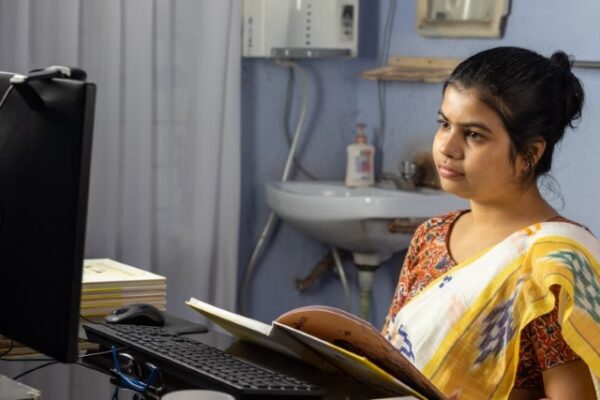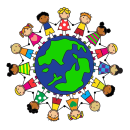The Art of Multilingual Storytelling: Creating and Sharing Personal Narratives
On Wednesday, December 6, 2023, Covert Public Schools hosted a Multilingual Storytelling event. Multilingual Teachers from Van Buren Intermediate School District assisted families in writing their own, personal narratives. Click HERE to see some of the pictures from this powerful event.
Storytelling is a universal human experience that transcends borders, cultures, and languages. It is a powerful tool for connecting with others and sharing unique perspectives. In a multilingual setting, storytelling takes on an even more profound role, weaving together the threads of diverse languages and cultures. In this article, we’ll explore the art of multilingual storytelling, delving into the creation and sharing of personal narratives.
The Power of Personal Narratives:
**1. Cultural Bridges: Personal narratives serve as bridges between cultures, allowing individuals to share their experiences, values, and traditions. When told in multiple languages, these stories become pathways for cultural exchange, fostering understanding and appreciation.
**2. Identity Expression: Multilingual storytelling provides a platform for individuals to express their identities in a nuanced way. Language is deeply intertwined with one’s sense of self, and sharing personal narratives in multiple languages allows for a more comprehensive expression of identity.
**3. Connection Through Diversity: Each language brings its unique rhythm, nuances, and emotional tones. By telling stories in multiple languages, individuals can convey a richer range of emotions and connect with diverse audiences on a deeper level.
Creating Multilingual Stories:
**1. Choose Your Languages: Begin by selecting the languages in which you want to tell your story. Consider the nuances and cultural connotations associated with each language to convey the intended meaning effectively.
**2. Embrace Code-Switching: Code-switching, or moving between languages within a narrative, adds authenticity to your story. It reflects the fluidity of language use in daily life and enhances the cultural richness of the narrative.
**3. Incorporate Cultural References: Integrate cultural references, idioms, and proverbs from each language to enrich your storytelling. This not only adds depth but also provides insight into the cultural context of your narrative.
**4. Utilize Visuals and Props: Enhance your storytelling with visuals and props that represent the cultures and languages involved. Maps, traditional clothing, or artifacts can create a visually engaging experience for your audience.
Sharing Multilingual Stories:
**1. Create a Language-Inclusive Space: When sharing your stories, create an environment that embraces linguistic diversity. Encourage active listening and open discussions about the different languages and cultures represented.
**2. Multilingual Storytelling Events: Organize or participate in multilingual storytelling events within your community. These events provide a platform for individuals to share their narratives and for audiences to experience the richness of linguistic diversity.
**3. Online Platforms: Share your multilingual stories on online platforms such as blogs, social media, or storytelling websites. This allows you to reach a broader audience and connect with people who share a similar appreciation for language and culture.
**4. Collaborative Storytelling: Collaborate with others to create multilingual stories. Engaging in collaborative storytelling not only brings together different linguistic perspectives but also fosters a sense of community and shared creativity.
The Impact of Multilingual Storytelling:
**1. Promoting Linguistic Diversity: Multilingual storytelling actively promotes linguistic diversity, encouraging the preservation and celebration of various languages.
**2. Building Empathy and Understanding: Hearing personal narratives in different languages fosters empathy and understanding by allowing listeners to connect emotionally with the storyteller’s experiences.
**3. Educational Value: Multilingual storytelling serves as an educational tool, offering language learners the opportunity to immerse themselves in authentic linguistic and cultural contexts.
In conclusion, the art of multilingual storytelling is a celebration of diversity, identity, and cultural richness. By creating and sharing personal narratives in multiple languages, individuals contribute to a tapestry of stories that connect people across linguistic boundaries. Embrace the power of your own multilingual narrative, and let it resonate with others in the beautiful symphony of languages.


